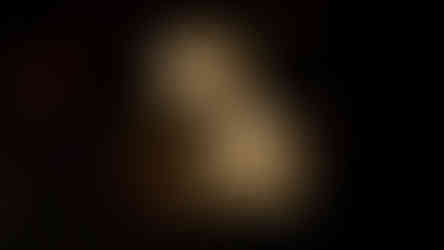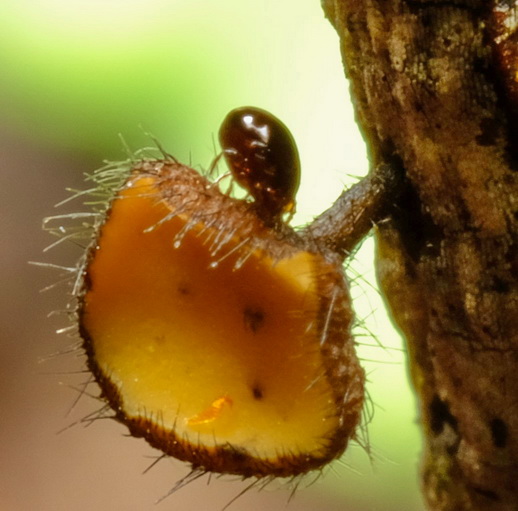Freakin' Fungtastic - Fungi for Biodiversity Observations
- Pete Crowcroft
- Jun 21, 2023
- 2 min read
Alright, let's give this blog the green light to start.

Greenlight - A waxcap in the genus Gliophorus
It's been so sad for me lately. The moths have pretty much all gone for the southern hemisphere cold season. They're my precious. There are just so many different species. And I like taking their photo. They won't be back to their spectacular diversity for a few months, so you'll be pleased to hear I've found a new subject to scratch the biodiversity observation itch. Diving (often literally head first into the mud and leeches) into the bizarre world of fungi.
Here's some clubs and corals (Clavarioid fungi), they're a weird and wonderful bunch.
OK lots here to go through - from top left to bottom right: Clavulinopsis amoena, Ramariopsis pulchella (looking nice!), Tremellodendropsis pusio (with many mitey friends), Ramariopsis filicicola, Macrotyphula juncea (slender club), Ramariopsis pulchella (looking way out of control!), Ramariopsis crocea, Ramariopsis sp. (with friend), Clavulina vinaceocervina
There are some very cool ones to be found at the moment so enjoy these pics and then do yourselves a favour and get out there!
Probably early yellowleg bonnets (Mycena epipterygia), one of the rustgill fungi Gymnopilus sp. Lycoperdon perlatum (common puffball), Geastrum saccatum (rounded earthstar), Pleuroflammula sp., Mycena kuurkacea, Xylaria hypoxylon, Geoglossum sp.
The Victorian basecamp for fantastic fungi is the deep Otways. For me, after an hour down the road and I'm exploring an ancient and outrageous world, especially when you have a macro lens. I've made a few missions down there now, and along with the crazy fungi, the critters I've seen are all a few mm long of absolute insanity.
Dragon Springtails (Acanthanura) feeding on slime mould, Linopodes sp., unknown Acari, Family Eriorhynchidae, unknown Acari on the fungi Hymenotorrendiella clelandii, Order Poduromorpha (plump springtails)
If you aren't adapted to live on the fungi or amongst it though, you'll need to watch out. There are fungi that parasitise insects - which are amazing to see also.

Hirsutella sp. - quite an unknown group. It has infected the body and is growing on Agonocheila curtula

Cordyceps tenuipes


Cordyceps sp.
Coltricia sp., Lanzia lanaripes, Ascocoryne sarcoides, Pterulicium fasciculare, Gymnoplus ferruginosus, Aleuria aurantia (orange peel fungi)
Same are hard to identify! Here is a bunch with varying degrees of certainty about their ID .
Galerina patagonica, Pholiota malicola, ?? unknown, Schizophyllum commune, ?? maybe Corinarius, Gymnoplus ferruginosus, Pleurotus purpureo-olivaceus

Fungi territory is often exquisitely beautiful
I might be getting carried away here but, I'm starting to think fungi might even be better photography subjects than moths... don't tell them I said that though.
It must be time to stop.

Redlight - waxcaps to finish, Hygrocybe sp.
-Pete Crowcroft, iNat @possumpete















































































Wow @Pete Crowcroft , I really need to get out this winter, you have inspired me.